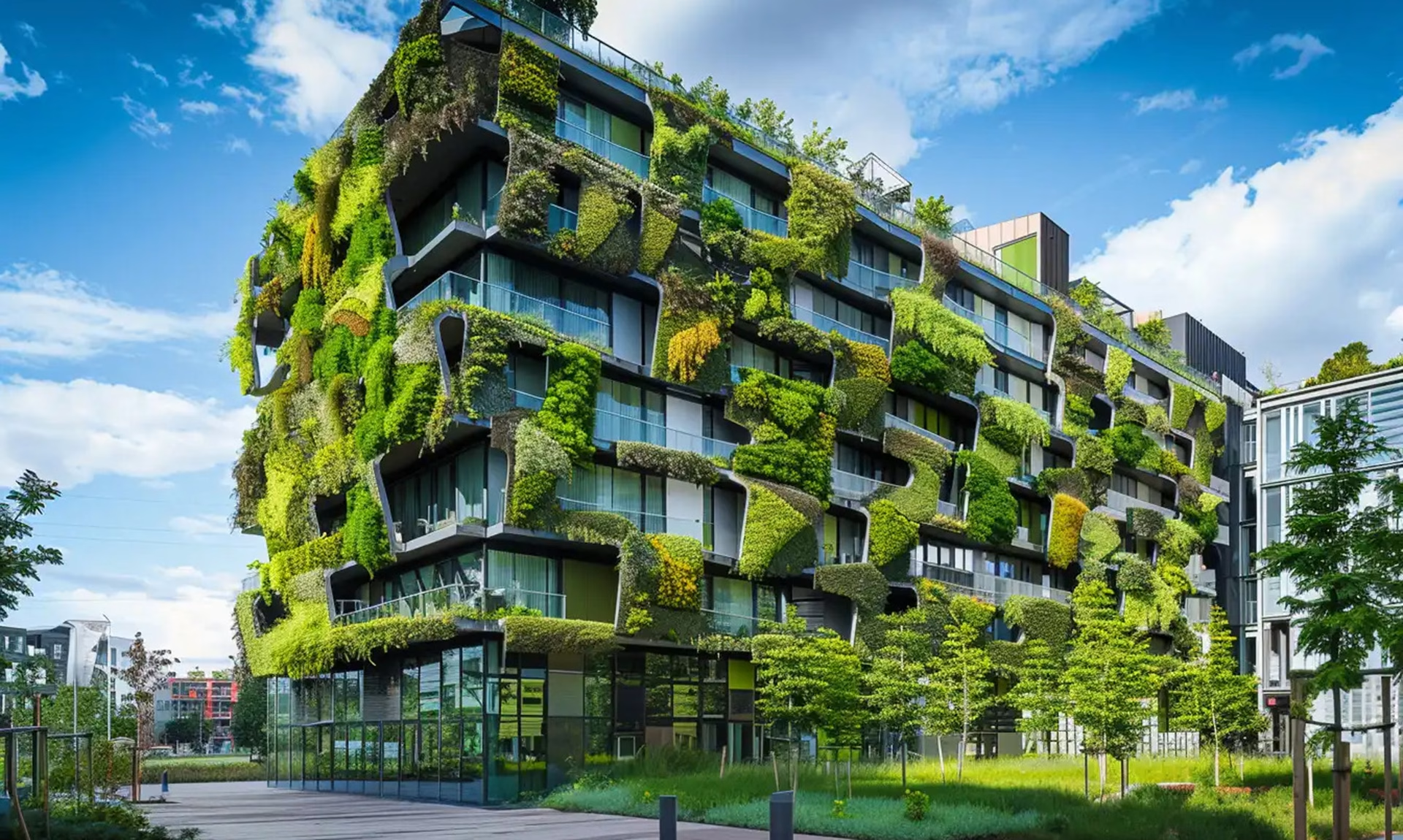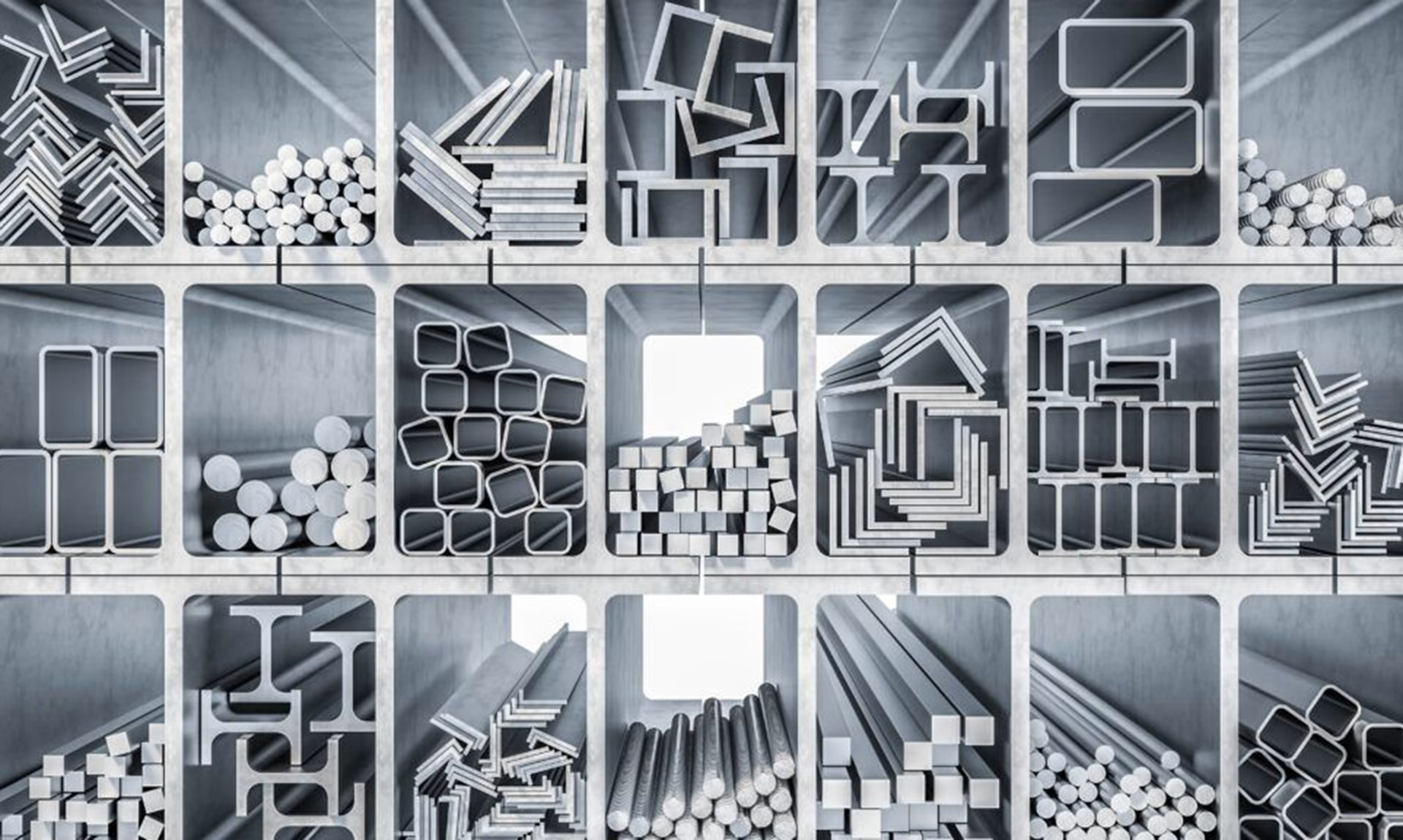The Future of Architectural Hardware: How Sustainability is Reshaping Design
Once considered a silent component of buildings, architectural hardware is now at the centre of a design revolution. Sustainability – once a niche concern – has become the defining force reshaping how doors, windows and façades are conceived, produced and experienced.
From overlooked detail to strategic element.
For decades, hardware was seen as a secondary detail – a hinge, a handle, a lock. But today, these elements have moved into the spotlight. With urbanisation, climate change and new regulatory frameworks, architects and manufacturers are rethinking hardware not as accessory, but as strategic enabler.
Energy-efficient buildings demand hardware that can do more than open and close. A door handle must integrate with smart access systems, a window fitting must support hybrid ventilation strategies, and a façade lock must guarantee airtightness to preserve thermal performance. In short: hardware has become design-critical.


The materials revolution.
The sustainability agenda is forcing a rethink of the very materials that define the sector. Recycled aluminium, certified timber, bio-based composites – once experimental, they are fast becoming industry benchmarks.
Recycling is particularly decisive: producing aluminium from recycled sources requires just 5% of the energy needed for virgin material. In an age where embodied carbon is a key metric, the material choice of a hinge or frame is no longer marginal – it shapes the environmental footprint of the entire building.
Circular design and longer life cycles.
The trend is no longer just about producing “green” hardware, but about ensuring a circular lifecycle. Manufacturers are investing in fittings that are modular, repairable and disassemblable – designed to be taken apart and reused at the end of their life.
This shift is already influencing procurement decisions. Leading contractors now expect Environmental Product Declarations (EPDs) and life-cycle analyses as standard. Hardware that cannot prove its sustainability credentials risks exclusion from major projects.
Digitalisation meets sustainability.
Sustainability is not just about materials – it is about intelligence. Smart locks, sensors and actuators are enabling buildings to adapt dynamically: reducing heating when windows are open, or optimising ventilation for air quality and energy balance.
This integration of hardware into building automation systems (BAS) is redefining the role of fittings. They are no longer passive; they are active agents of efficiency.
A new aesthetic.
Interestingly, sustainability is also reshaping design aesthetics. The new generation of architects views hardware as a visible statement of responsibility. Brushed aluminium made from recycled content, handles crafted with minimalist geometry to reduce material use, and surface finishes that are both durable and low-impact – all are shaping a visual language where green design meets timeless form.
What lies ahead.
The future of architectural hardware is not simply about compliance with energy standards. It is about redefining what a building communicates: trust, responsibility, resilience.
Manufacturers who fail to embrace this shift risk irrelevance. Those who succeed will not only deliver fittings, but architectural narratives – entrances, façades and thresholds that embody both innovation and conscience.
In this sense, sustainability is no longer an add-on. It is the new DNA of architectural hardware, reshaping design for decades to come.

Share This Story
news via inbox
Your source for the latest news in the fenestration industry.




